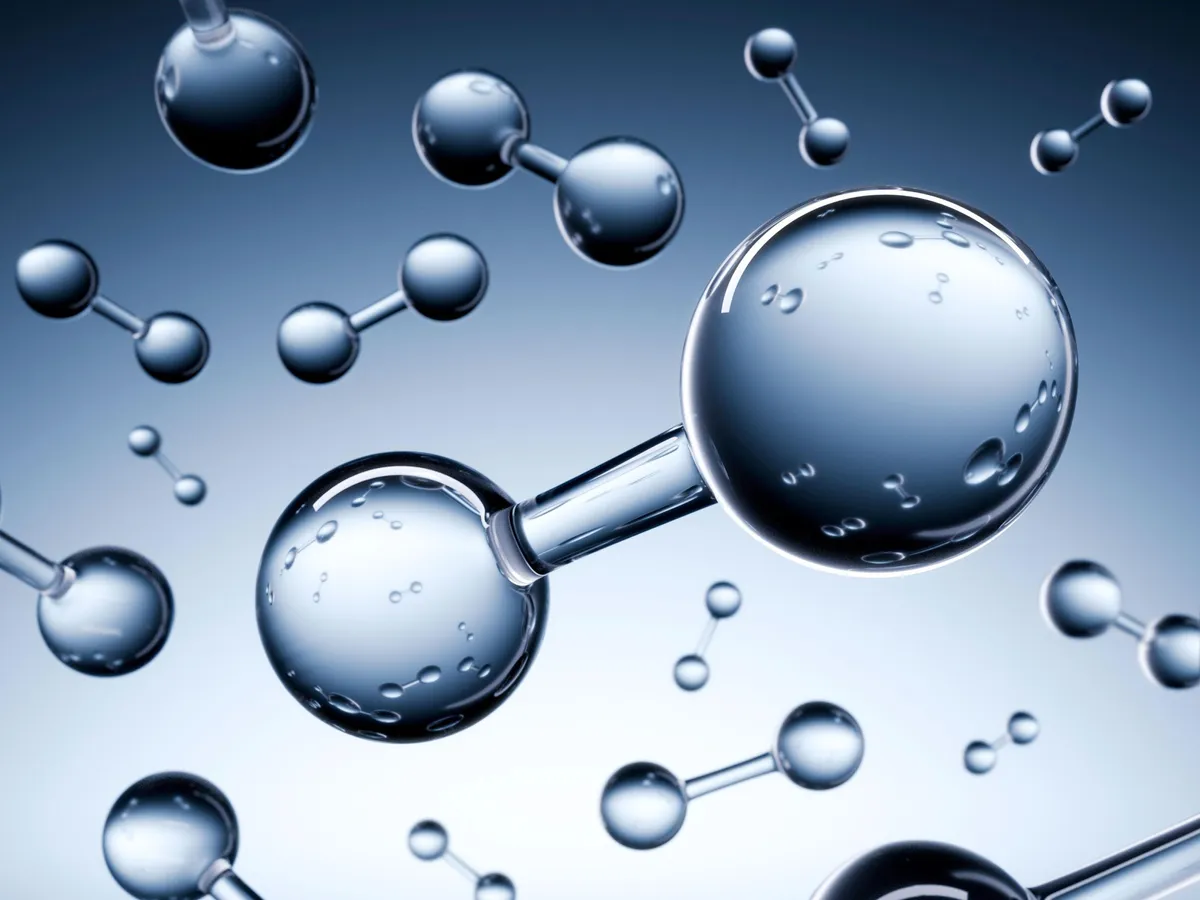We will work for free with open-minded people who are willing to recreate Stanley Meyer’s disruptive technology – just to make it open source base for the next step in development of human civilisation.
About:
“Where normal water electrolysis requires the passage of current measured in amps, Meyer’s cell achieves the same effect in milliamps. Furthermore, ordinary tap water requires the addition of an electrolyte such as sulphuric acid to aid current conduction; Meyer’s cell functions at greatest efficiency with pure water. According to the witnesses, the most startling aspect of the Meyer cell was that it remained cold, even after hours of gas production. Meyer’s experiments, which he seems to be able to perform to order, have earned him a series of US patents granted under Section 101. The granting of a patent under this section is dependent on a successful demonstration of the invention to a Patent Review Board.”
“Meyer’s cell seems to have many of the attributes of an electrolytic cell except that it functions at high voltage, low current rather than the other way around. Construction is unremarkable. The electrodes — referred to as “excitors” by Meyer — are made from parallel plates of stainless steel formed in either flat or concentric topography. Gas production seems to vary as the inverse of the distance between them; the patents suggest a spacing of 1.5 mm produces satisfactory results.
The real differences occur in the power supply to the cell. Meyer uses an external inductance which appears to resonate with the capacitance of the cell — pure water apparently possesses a dielectric constant of about 5 — to produce a parallel resonant circuit. This is excited by a high power pulse generator which, together with the cell capacitance and a rectifier diode, forms a charge pump circuit. High frequency pulses build a rising staircase DC potential across the electrodes of the cell until a point is reached where the water breaks down and a momentary high current flows. A current measuring circuit in the supply detects this breakdown and removes the pulse drive for a few cycles allowing the water to “recover”.
Research chemist Keith Hindley offers this description of a Meyer cell demonstration: “After a day of presentations, the Griffin committee witnessed a number of important demonstration of the WFC” (water fuel cell as named by the inventor).
A witness team of independent UK scientifc observers testified that US inventor Stanley Meyer successfully decomposed ordinary tap water into constituent elements through a combination of high, pulsed voltage using an average current measured only in milliamps. Reported gas evolution was enough to sustain a hydrogen /oxygen flame which instantly melted steel.
In contrast with normal high current electrolysis, the witnesses report the lack of any heating within the cell. Meyer declines to release details which would allow scientists to duplicate and evaluate his “water fuel cell”. However, he has supplied enough detail to the US Patent Office to persuade them that he can substantiate his ‘power-from-water’ claims.
One demonstration cell was fitted with two parallel plate “excitors”. Using tap water to fill the cell, the plates generated gas at very low current levels — no greater than a tenth of an amp on the ammeter, and claimed to be milliamps by Meyer — and this gas production increased steadily as the plates were moved closer together and decreased as they were separated. The DC voltage appeared to be pulsed at tens of thousands of volts.
A second cell carried nine stainless steel double tube cell units and generated much more gas. A sequence of photographs was taken showing gas production at milliamp levels. When the voltage was turned up to its peak value, the gas then poured off at a very impressive level.
“We did notice that the water at the top of the cell slowly became discolored with a pale cream and dark brown precipitate, almost certainly the effects of the chlorine in the heavily chlorinated tap water on the stainless steel tubes used as “excitors”.
He was demonstrating hydrogen gas production at milliamp and kilovolt levels.
“The most remarkable observation is that the WFC and all its metal pipework remained quite cold to the touch, even after more than twenty minutes of operation. The splitting mechanism clearly evolves little heat in sharp contrast to electrolysis where the electrolyte warms up quickly.”
“The results appear to suggest efficient and controllable gas production that responds rapidly to demand and yet is safe in operation. We clearly saw how increasing and decreasing the voltage is used to control gas production. We saw how gas generation ceased and then began again instantly as the voltage driving circuit was switched off and then on again.”
“After hours of discussion between ourselves, we concluded that Stan Meyer did appear to have discovered an entirely new method for splitting water which showed few of the characteristics of classical electrolysis. Confirmation that his devices actually do work come from his collection of granted US patents on various parts of the WFC system. Since they were granted under Section 101 by the US Patent Office, the hardware involved in the patents has been examined experimentally by US Patent Office experts and their seconded experts and all the claims have been established.”
“The basic WFC was subjected to three years of testing. This raises the granted patents to the level of independent, critical, scientific and engineering confirmation that the devices actually perform as claimed.”
The practical demonstration of the Meyer cell appears substantially more convincing than the para-scientific jargon which has been used to explain it. The inventor himself talks about a distortion and polarization of the water molecule resulting in the H:OH bonding tearing itself apart under the electrostatic potential gradient, of a resonance within the molecule which amplifies the effect.
Apart from the copious hydrogen/oxygen gas evolution and the minimal temperature rise within the cell, witnesses also report that water within the cell disappears rapidly, presumably into its component parts and as an aerosol from the myriad of tiny bubbles breaking the surface of the cell.
Meyer claims to have run a converted VW on hydrogen/oxygen mixture for the last four years using a chain of six cylindrical cells. He also claims that photon stimulation of the reactor space by optical fibre piped laser light increases gas production.”
Contact us if you are interested in open source disruptive technology!


